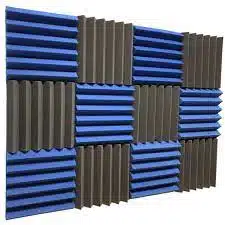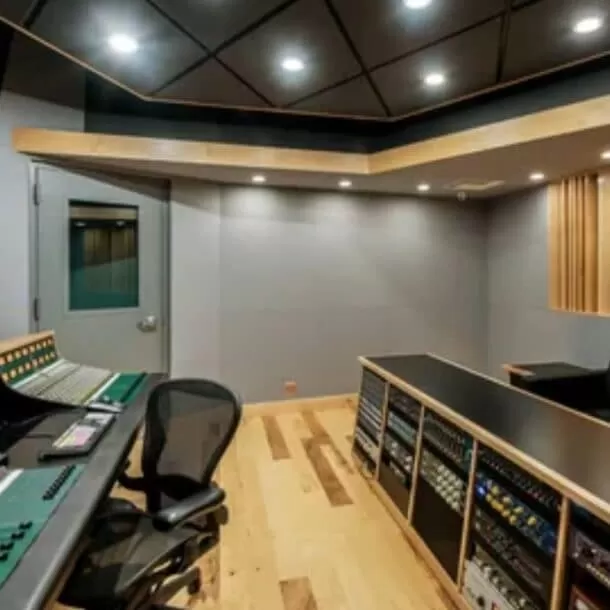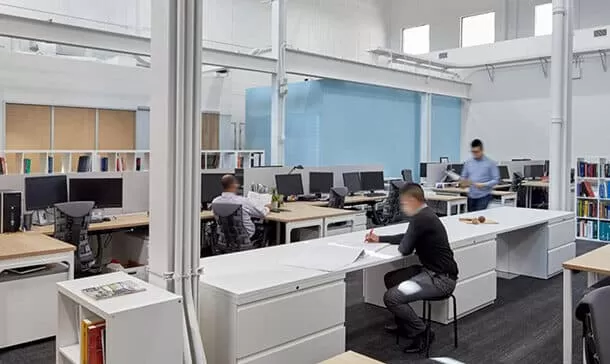
Acoustic Plaster: Seamless ceilings that are very good at controlling noise
Acoustic plasters by Akinco, one of the wonderful acoustic consultants, provide a completely smooth surface
Outstanding reverberation control is obtained while being sympathetic to the overall architecture of the space when applied either directly to the structural surface or to an MF plasterboard ceiling.
According to Akinco, one of the best acoustic companies in Dubai, plaster that has fibres or aggregate added to it absorbs sound and is known as acoustic plaster. A base layer of absorbent substrate panels, which is commonly mineral wool or a non-combustible inorganic blow-glass granulate, is what modern plasters are made of instead of the asbestos-containing older plasters. The substrate panels are then covered with a first finishing layer, and occasionally a second finishing layer is added for increased sound attenuation. Although pre-made acoustic panels are more frequently utilised, acoustic plaster offers a smooth, seamless appearance and more readjustment freedom. The disadvantage is the higher level of application ability needed.

Advantages of Acoustic Plasters Benefits
acoustic panels UAE are the most frequently utilised material for regulating the sound environment of space when compared to acoustic plaster, say our acoustic consultants. Acoustic panels are frequently made of mineral wool, which is a particularly effective sound-absorbing material. Although acoustic panels are frequently utilised in basements or other public locations, they are rarely employed in homes for aesthetic reasons. Instead, traditional plaster or plasterboard systems were more widely utilised in homes and other places where interior aesthetics were more important, though these are less effective at absorbing sound. The versatility of space construction and applications is also impacted by the limitations of acoustic panels or traditional plasterboard systems. Handling changing room functions by modifying the acoustic qualities would require changing the complete acoustic system, which is expensive and time-consuming. Acoustic plasters, on the other hand, offer a seamless appearance and a smooth application. Additionally, it offers more freedom for readjustments.
Applications
Despite its benefit, according to acoustic consultants, acoustic plaster needs very skilled craftsmanship to achieve the specified sound absorption coefficients. To get the intended outcome, the plaster’s ratios and suggested mixing time must be rigorously adhered to. It is advised to begin with a ceiling that is exactly level to provide a flawless surface. The panels for the absorbent substrate are then joined, and the seams are filled and smoothed. Then, plaster coating is placed in layers to create a seamless, smooth surface. It is possible to manipulate acoustic plasters to create a variety of surface textures, but this must be done quickly after application.

The acoustic performance of the system can also be impacted by various mounting methods for acoustic plasters. These mounting options include plaster-only systems that can be sprayed directly onto the substrate without the use of acoustical boards, suspended or direct to framing, and direct to substrate. To stop plaster cracks, control joints may also be incorporated into the system.
Construction of spaces requiring strong acoustics, including auditoriums and libraries, often uses acoustic plaster.
In Conclusion, Acoustic Plasters are one such acoustic treatment suggested by acoustic consultants, as it fulfils almost all your needs. Akinco is among the best acoustic companies in Dubai.




